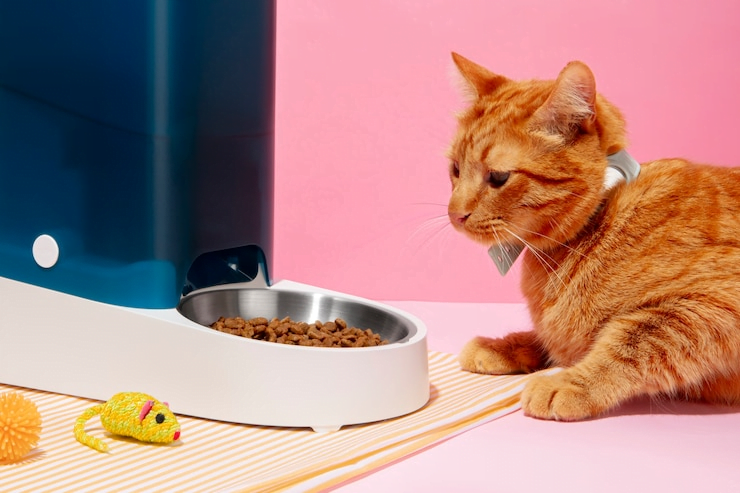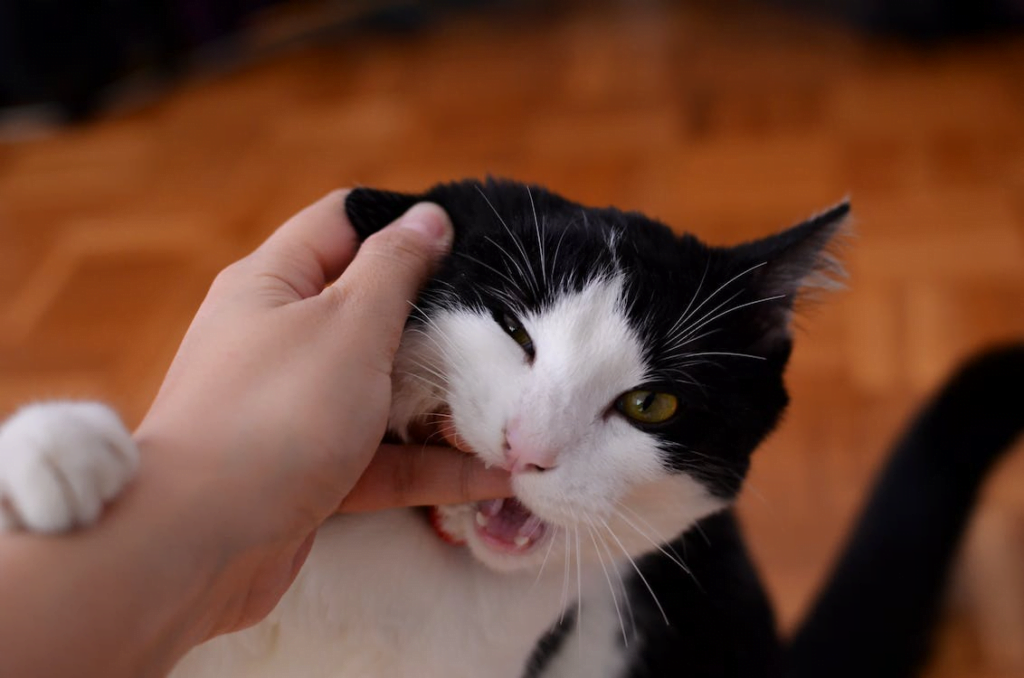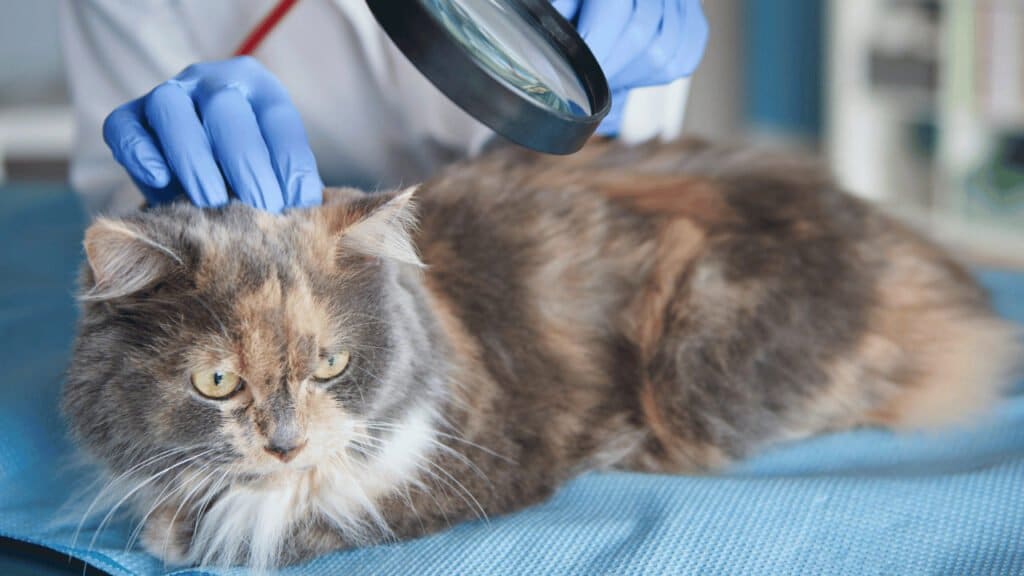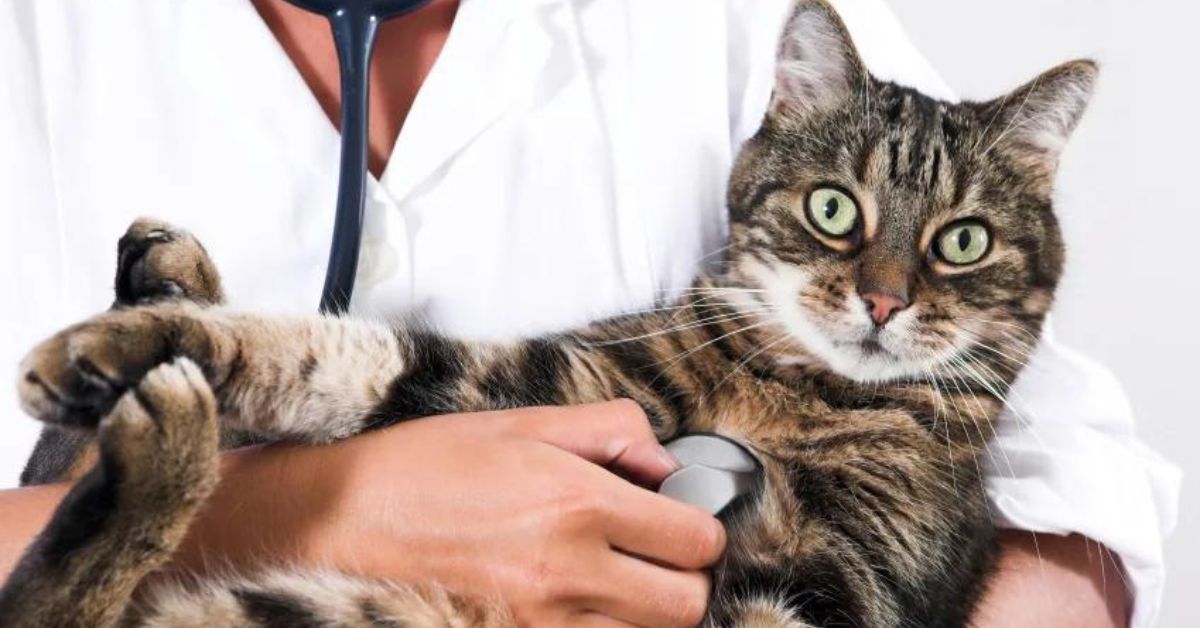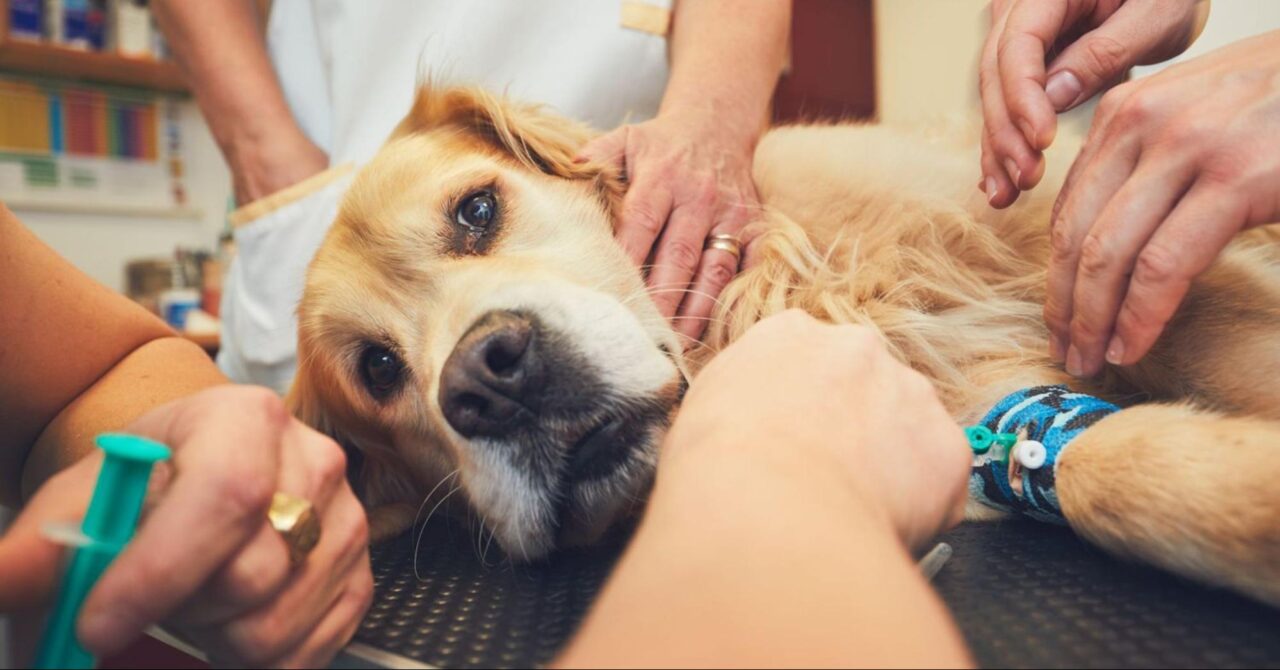Making the decision to euthanize a beloved pet is never easy, and when your cat is suffering from seizures, it becomes even more heart-wrenching. Understanding when to consider euthanasia is crucial to ensure that your cat doesn’t suffer unnecessarily. In this article, we’ll explore what veterinarians say about when to euthanize a cat with seizures and how you can make an informed, compassionate decision.
Understanding when to consider euthanasia is crucial to ensure that your cat doesn’t suffer unnecessarily. In this article, we’ll explore what veterinarians say about when to euthanize a cat with seizures and how you can make an informed, compassionate decision.
When To Euthanize A Cat With Seizures
Determining when to euthanize a cat with seizures involves evaluating several factors, including the frequency and severity of the seizures, the cat’s response to treatment, and its overall quality of life. If the seizures are frequent and severe, unmanageable with medication, or causing significant pain and suffering, euthanasia may be the most compassionate option. Consulting with a veterinarian is crucial to assess the cat’s condition and receive professional guidance on the best course of action.
What Are Seizures in Cats?
Seizures are sudden, uncontrolled electrical disturbances in the brain that can cause a variety of symptoms, from mild twitching to full-body convulsions. These episodes can last from a few seconds to several minutes and can be very distressing for both the cat and its owner.
Common Causes of Seizures in Cats
Seizures in cats can be caused by numerous factors, including:
-
Epilepsy
-
Brain tumors
-
Infections
-
Toxins
-
Metabolic disorders
-
Understanding the underlying cause is crucial for treatment and management.
Signs and Symptoms of Seizures in Cats
How to Recognizing a seizure is the first step in managing your cat’s condition. Common signs include:
- Sudden collapse
- Violent shaking or convulsions
- Drooling or foaming at the mouth
- Involuntary urination or defecation
- Temporary loss of consciousness
- Types of Seizures
Seizures can vary in severity and presentation:
- Focal seizures: Limited to one part of the body
- Generalized seizures: Affect the entire body
- Cluster seizures: Multiple seizures within a short period
- Status epilepticus: A prolonged seizure lasting more than five minutes
Diagnosis and Treatment Options
Diagnosis typically involves:
- Physical and neurological examinations
- Blood tests
- Imaging (MRI, CT scans)
- EEG (electroencephalogram) to measure electrical activity in the brain
Available Treatment Options
Treatment aims to reduce the frequency and severity of seizures and may include: 
- Medications such as phenobarbital or potassium bromide
- Dietary changes
- Surgery (in rare cases)
- Treating the underlying cause (e.g., infection or toxin removal)
When managing a cat with seizures, quality of life is paramount. Consider:
- Frequency and severity of seizures
- Your cat’s behavior between seizures
- Ability to perform normal activities (eating, grooming, playing)
- Overall happiness and comfort
Factors Influencing Quality of Life
Other factors to consider include:
- Age of the cat
- Response to treatment
- Side effects of medications
- The emotional and financial toll on the owner
When to Consider Euthanasia
Indicators That It Might Be Time Certain signs may indicate that euthanasia should be considered:
- Frequent, uncontrollable seizures
- Severe side effects from medications
- Deteriorating health and poor quality of life
- Lack of response to treatment
Questions to Ask Yourself
Take a moment to ponder these questions to help steer your decision:
- Is my cat in pain or distress?
- Can my cat enjoy its usual activities?
- Am I keeping my cat alive for its sake or mine?
Veterinary Advice on Euthanasia
Veterinarians often recommend euthanasia when:
- Seizures are frequent and severe
The cat’s quality of life is significantly compromised
Treatment options have been exhausted
The Importance of Professional Guidance
Consulting with your veterinarian ensures that you make an informed decision based on your cat’s specific condition and prognosis.
Emotional Impact on Pet Owners
Coping with the Decision
The decision to euthanize a pet is emotionally taxing. It’s normal to feel a range of emotions, including guilt, sadness, and relief. Give yourself the space to mourn and don’t hesitate to reach out for support if you need it.
Seeking Support and Counseling
Consider talking to a counselor or joining a support group for pet owners who have faced similar decisions. Sharing your feelings and hearing others’ experiences can be incredibly comforting.
Alternatives to Euthanasia
Palliative Care
Palliative care focuses on keeping your cat comfortable and pain-free. This might involve pain management, dietary adjustments, and ensuring a peaceful environment.
Managing Symptoms at Home
Managing seizures at home includes:
- Administering medications as prescribed
- Creating a safe, quiet space for your cat
- Keeping a seizure diary to track patterns and triggers
How to Prepare for Euthanasia
Preparation can make the process less stressful:
- Discuss the procedure with your vet
- Decide if you want to be present during euthanasia
- Make arrangements for aftercare
Making Your Cat Comfortable
Ensure your cat feels loved and comfortable:
- Provide their favorite toys and bedding
Spend quality time with them
Keep them calm and relaxed
Home Remedies for Cat Seizures
Managing cat seizures at home can be a challenging task, but there are some remedies that might help reduce their frequency and severity. Ensure your cat has a calm and safe environment, free from stress and loud noises. Certain dietary supplements, like omega-3 fatty acids and taurine, can support brain health. Herbal remedies such as milk thistle and valerian root might also help, but always consult with a veterinarian before trying new treatments. Keep in mind, these remedies should never replace professional veterinary care.
When to Euthanize a Cat with Seizures Near
Deciding when to euthanize a cat with seizures is one of the hardest choices a pet owner can face. It often comes down to assessing your cat’s quality of life. Frequent, uncontrollable seizures that significantly impair daily functioning and cause distress are major red flags. Consult with your vet to understand the prognosis and consider if your cat is experiencing more pain than joy. Euthanasia, while heartbreaking, can be a compassionate choice to prevent further suffering.
What Can Trigger a Seizure in a Cat
Seizures in cats can be triggered by various factors. Common triggers include exposure to toxins (such as certain plants, chemicals, or foods), underlying health issues like epilepsy, brain tumors, or infections. Stress and sudden changes in environment or routine can also provoke seizures. Recognizing and steering clear of these triggers can significantly help in managing the condition. Keeping a detailed diary of your cat’s seizures and possible triggers can be useful information for your veterinarian.
Cat Seizure Before Death
A cat experiencing seizures before death often indicates a severe underlying health issue that has reached a critical point. These seizures might be due to advanced brain disease, organ failure, or severe systemic illness. Witnessing this can be incredibly distressing. It’s important to consult with your veterinarian immediately to discuss your cat’s condition and the most humane course of action. In many cases, euthanasia may be the kindest option to prevent further suffering, allowing your beloved pet to pass peacefully.
FAQs
How long can a cat live with seizures?
The lifespan of a cat with seizures varies widely depending on the underlying cause and how well the seizures are managed. Some cats can live many years with proper treatment, while others may have a shorter lifespan if seizures are severe and frequent.
Are seizures painful for cats?
Seizures themselves are not necessarily painful, but they can be frightening and distressing for the cat. The underlying cause of the seizures might cause discomfort or pain.
Can a cat recover from seizures without treatment?
It is unlikely for a cat to fully recover from seizures without some form of treatment, as the underlying cause needs to be addressed. Without treatment, seizures can become more frequent and severe.
What should I do during a seizure?
During a seizure, keep calm and ensure your cat is in a safe place where it cannot hurt itself. Do not try to restrain your cat. Once the seizure is over, comfort your cat and contact your veterinarian for further advice.
Deciding when to euthanize a cat with seizures is incredibly difficult, but it’s important to prioritize your cat’s well-being and quality of life. Consult with your veterinarian, reflect on your cat’s condition, and seek support to make a compassionate and informed decision.


